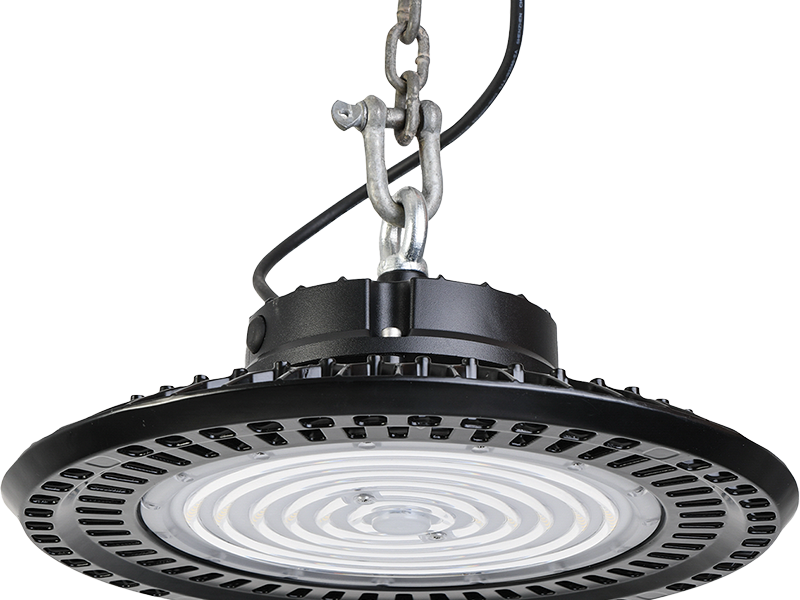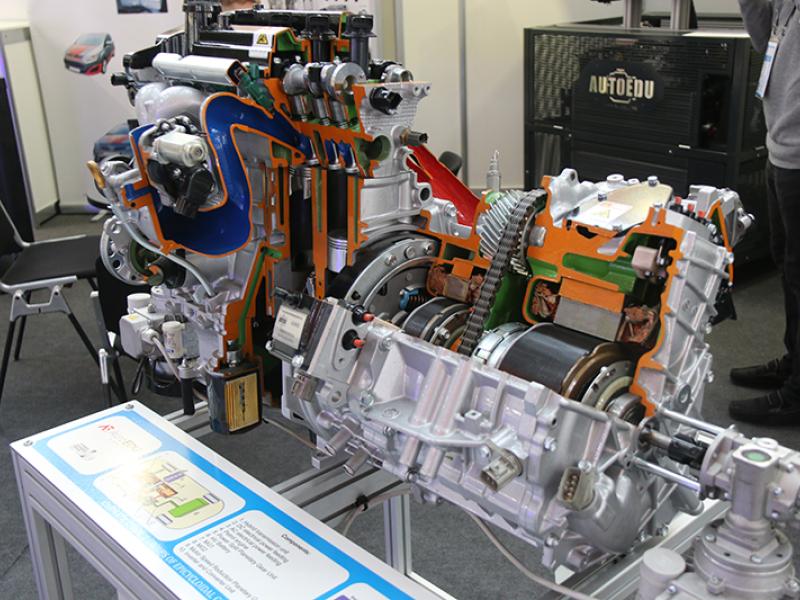This article is a true description of an AECS technical help desk problem and how it was solved. By Peter Leijen, BE(Hons), PhD, Application Engineer
Vehicle
2003 Mercedes E320 CDI Turbo Diesel inline 6.
Problem presented to the Helpdesk
A large red warning on the dashboard informing the vehicle owner that they need to visit the workshop. There were other issues currently with the vehicle, that the owner had detected.
The European car specialist workshop which had been presented with the car has AECS technical support as an addition to the scan tool purchased. A full system scan was performed, revealing a few more codes than the owner was prepared for.
Initial diagnosis
Upon getting these first codes the auxiliary battery was replaced as one of the cells showed significant swelling, indicating to the workshop that the auxiliary battery was indeed defective. After replacing the battery, the battery control module still logged the battery defective or not installed code. Time for some live data. The battery control module gives data lines for both battery voltages and charging current .
The auxiliary battery voltage at 6.21V sticks out as being an issue straight away.
What is a battery control module?
In our training Hybrid/EV Diagnostics (EMS1-4) and Denso Common Rail (DMS1-3) we go deeply into why and how a battery management system works. Also, how to diagnose the battery management system. However, what we did not cover in these training modules is the dual battery system used in this example, the Mercedes, and many other vehicles.
The battery control module (N82) measures voltage and current going into and out of both batteries, so that a battery is never fully charged and never fully discharged. In this dual system in the control module, it’s also controlling the charging balance between both modules by controlling the solid-state relay (K52/7). The battery control module is in the boot of the car, behind the spare wheel. The earth cable of the main battery runs through the control module, which has a current sensor around the earth busbar. This is to measure what goes into and comes out of the battery.
The battery control module actually measures both battery voltages. A quick voltage measurement of the auxiliary battery revealed that it was not 6.21V, as displayed on the Launch Euro Tab, but a nice healthy 12.2V with the engine running. The main battery was 13.8V.
Why were both not the same?
The batteries are joined by a relay which is placed under the water tray under the front windscreen. When the relay is activated the battery voltages should be equal. The relay was instantly suspected due to where is was positioned and as a result of the different voltages.
Through an actuator test in the Launch Euro Tab the technician activated the relay and measured both battery voltages. Keeping in mind both batteries showed 13.8V on the multimeter.
Yet on the scan tool in live data we still saw around 6.2V being measured by the battery management system in the boot on the auxiliary battery under the bonnet.
Let’s measure
The battery voltage checking wire was measured at the ECU – this is the logical next step. The full 12.2V was present right up to the ECU, the same as at the battery. This means only one thing: the ECU is falsely reporting the battery voltage measured.
It was time to remove the ECU and prepare for fitting a replacement ECU.
Bingo!
We don’t need to look any further. The missing pin on the ECU side of the connector was the voltage checking wire for the auxiliary battery. This corroded pin meant that only 6V was entering the voltage measuring circuitry of the battery control module’s mother board, and not from the auxiliary battery. A nice find!
Just as a temporary repair a wire was soldered directly to the battery management ECU’s mother board. The car still needs to have the ECU replaced.
Drowning
Water ingress into the boot of this 15-year-old vehicle has damaged one of the 28 ECUs that it has on board. Complex systems like this need capable tools and capable people to diagnose. All in all, this diagnosis only took 1.5 hours from the vehicle being presented, to the fault being found.
Conclusion
The Euro Tab is capable of performing all scan tool jobs that any European workshop could possibly want to do on any European vehicle, plus it has for the non-European brands the same extreme coverage as the Auscan2 scan tool. What the scan tool cannot do is solder a new wire into an ECU, nor come to the conclusion of where the actual fault is.
The end conclusion is always a combination of quality tooling, expert level training, thinking power of the diagnostician, and technical support from industry experts.






